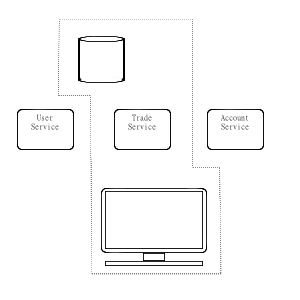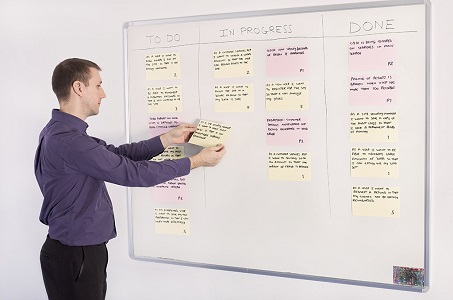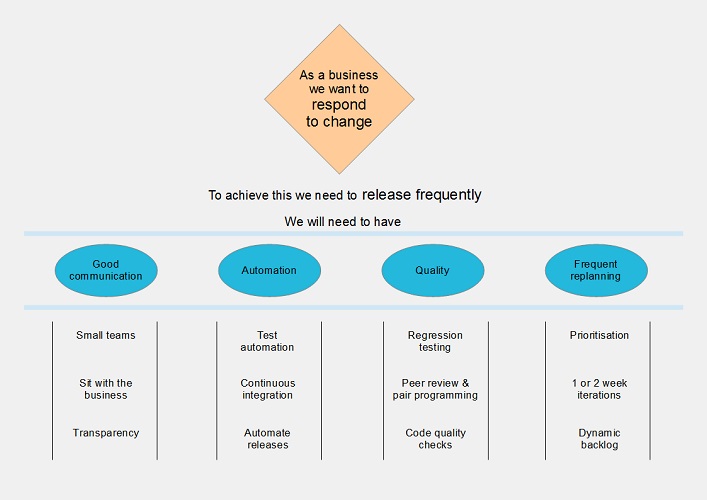
Nothing else in Scrum generates more confusion than story points. So what are they and just as importantly, what are they not? Here is my definition:
Story points represent the relative difficulty in completing development tasks that produce business value







